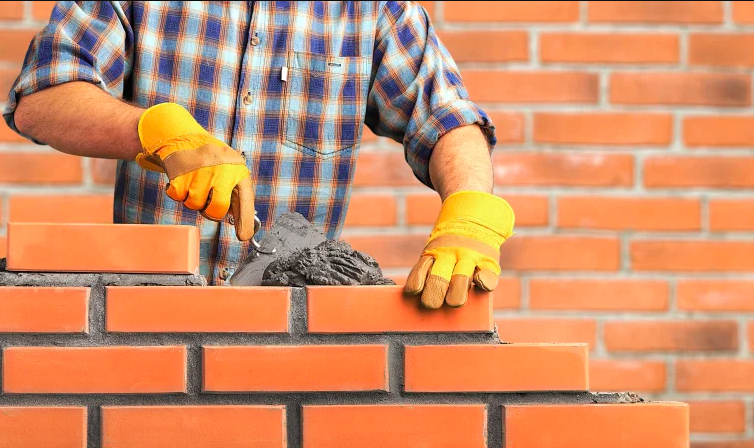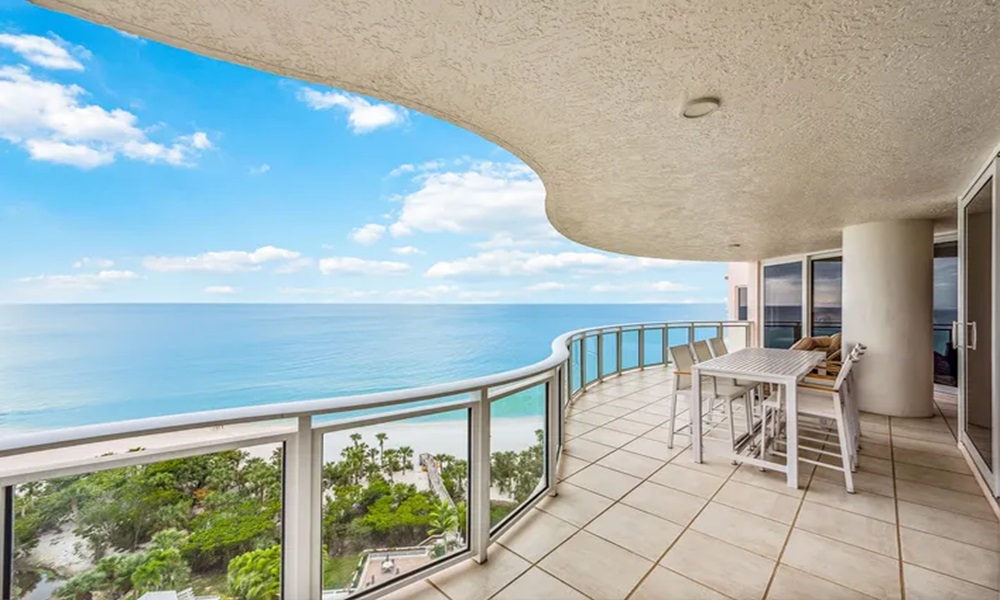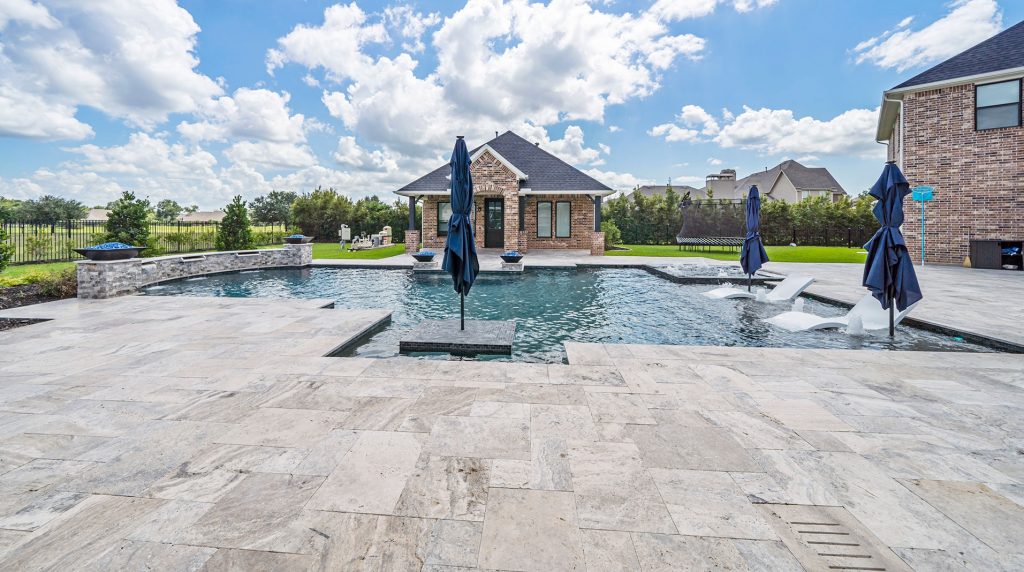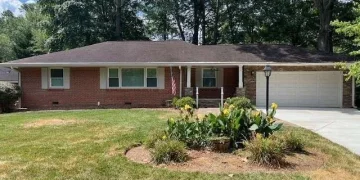Common Problems in Brick Work and How to Fix Them

Brick is one of the most durable and timeless building materials. It adds character, strength, and insulation to homes and commercial spaces. However, even high-quality brick work can deteriorate over time due to weather, structural movement, or poor construction practices. Identifying these issues early and addressing them correctly prevents further damage and extends the lifespan of your structure.
Cracking in Bricks and Mortar Joints
The Problem:
Cracks are the most common issue in masonry. They can occur due to foundation settling, thermal expansion, or moisture penetration. Vertical or stair-step cracks in mortar joints may also indicate shifting foundations or excessive load stress.
The Fix:
For minor surface cracks, use a masonry repair caulk or mortar filler. Deeper or structural cracks require professional assessment—especially if they run through multiple brick layers. Reinforcing the foundation or installing control joints can help prevent future cracking by allowing controlled movement within the structure.
Efflorescence (White Powdery Deposits)
The Problem:
Efflorescence appears as a white, chalky residue on brick surfaces. It’s caused when water dissolves soluble salts inside the bricks or mortar and brings them to the surface as it evaporates. While not structurally damaging, it indicates moisture problems that need attention.
The Fix:
Brush off efflorescence with a stiff dry brush or wash the surface using a mild vinegar solution. To stop it from returning, identify and eliminate the source of moisture—such as leaks, poor drainage, or damaged flashing. Proper waterproofing and vapor barriers also help prevent recurrence.
Spalling (Brick Surface Peeling or Flaking)
The Problem:
Spalling occurs when water penetrates the brick and freezes, causing the surface to flake or break off. This is common in areas exposed to freeze-thaw cycles or poor drainage conditions. Over time, spalling weakens the brick and compromises wall integrity.
The Fix:
Replace severely damaged bricks and repoint deteriorated mortar joints. Ensure gutters and downspouts direct water away from walls. Applying a breathable masonry sealer can add extra protection, but avoid non-breathable coatings—they trap moisture and worsen the issue.
Deteriorated Mortar Joints
The Problem:
Mortar acts as the bond between bricks. When it deteriorates due to weathering or age, gaps allow water to seep in, weakening the wall and causing internal damage.
The Fix:
Repointing is the most effective solution. This involves removing old mortar to a certain depth and replacing it with new, properly mixed mortar. The new mortar should match the existing one in strength, texture, and color to maintain uniformity and structural integrity.
Bulging or Bowed Brick Walls
The Problem:
Bulging occurs when the outer layer of brick separates from the inner wall due to moisture intrusion, corrosion of metal ties, or poor bonding during construction. It’s a serious issue that can lead to wall collapse if left unaddressed.
The Fix:
Contact a structural engineer or experienced mason immediately. The repair process may include rebuilding sections of the wall, replacing corroded ties, or improving drainage to relieve internal pressure.
Staining and Discoloration
The Problem:
Bricks can develop dark or greenish stains from mold, algae, or pollution. These stains are often cosmetic but can signal underlying moisture problems.
The Fix:
Clean affected areas with a gentle masonry cleaner or a water-bleach solution. Avoid high-pressure washing—it can damage brick surfaces. Ensure proper ventilation and sunlight exposure to prevent mold regrowth.
Final Thoughts
Brick structures can last for decades if properly maintained. Regular inspections, moisture control, and timely repairs are key to preventing major deterioration. Addressing minor issues early—like cracks, efflorescence, or spalling—keeps your walls strong and visually appealing.













